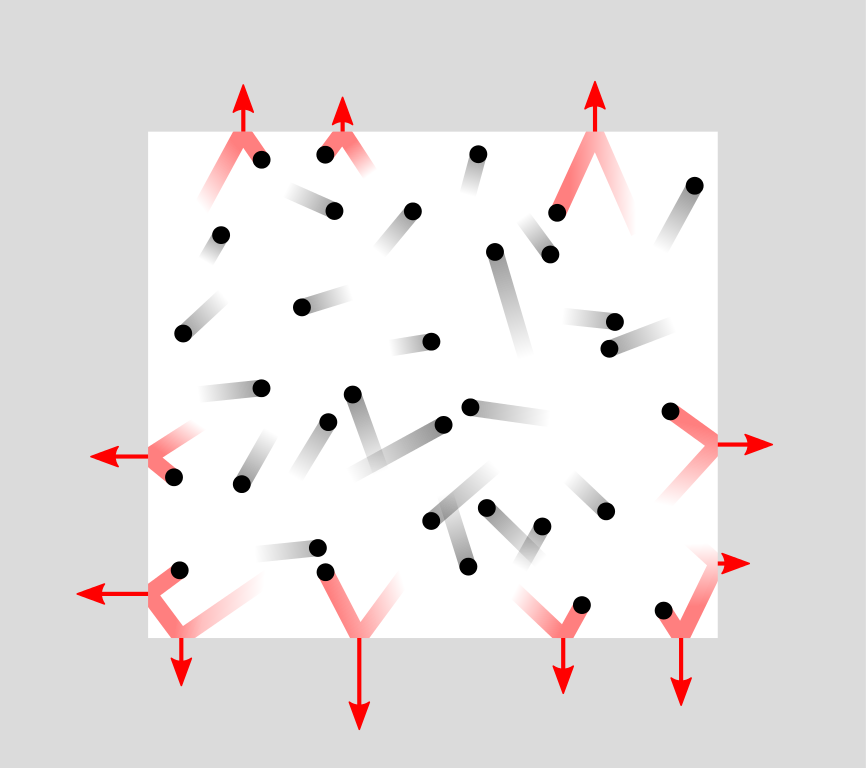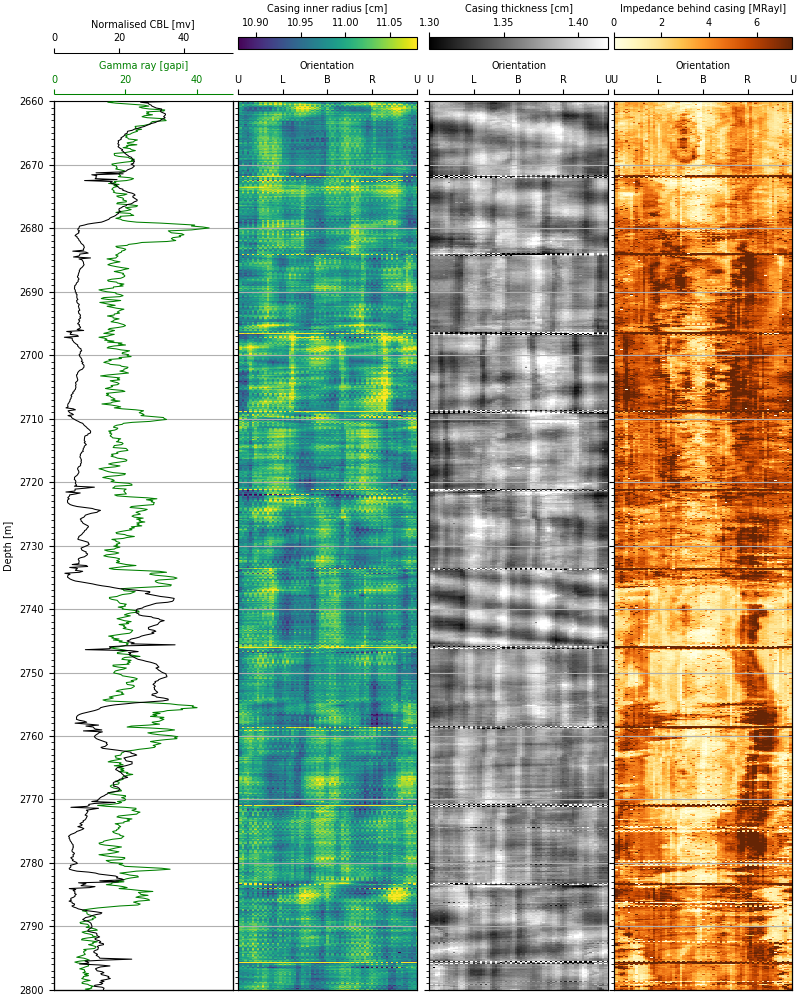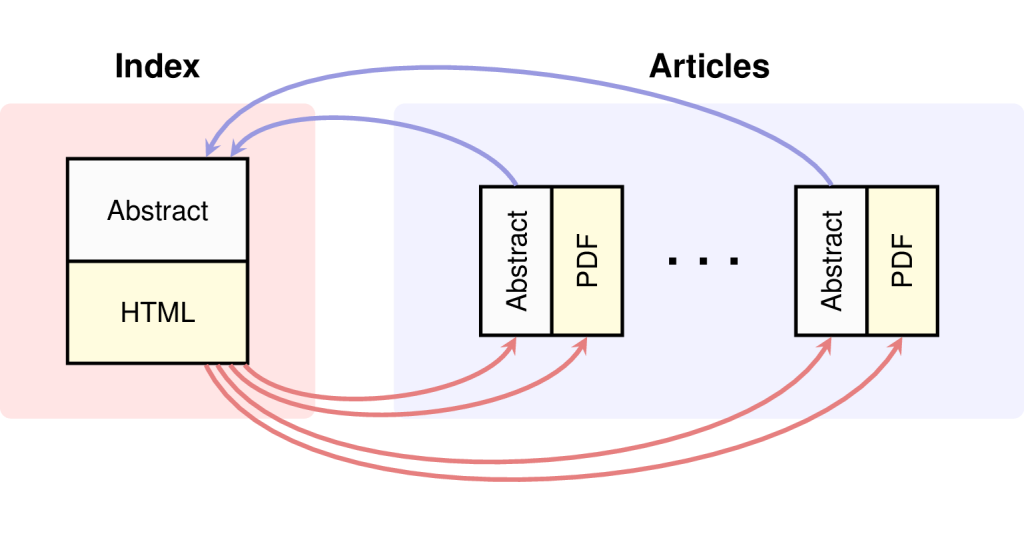Getting started with well log data
Last year, I wrote a post on DLIS files, one of the most common file formats for well log data. In it, I covered a few different approaches to extract data from such files. It seems like many people struggle with this, because that post quickly became my most popular one. Well over a thousand views later, it’s time to follow it up.
I have been working with acoustic well log data since 2018. During that time, I have learned a lot about how to work with such data, and I have been wanting to share my knowledge. To do so, I teamed up with Equinor’s Erlend Hårstad and Jørgen Kvalsvik, developers of the dlisio library. Since January, we have been working on a tutorial on how to use dlisio to work with well log data. As I am an acoustician, the tutorial naturally focuses on acoustic tools. However, much of what we show is general, valid for data from any tool.
We first presented this work at the 43rd Scandinavian Symposium on Physical Acoustics in the end of January. Just last week, we published the article that we wrote for the symposium’s proceedings. Along with it, we published a companion Jupyter Notebook, which contains the code underlying the article and some further details. As of June 2020, you can even run it on Binder, so that you can play with it online without having to download anything.
…



